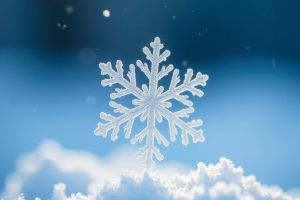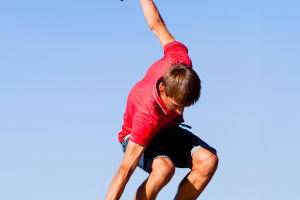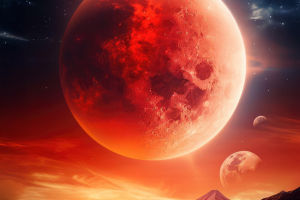
Hey Lykkers! Have you ever watched an ice cube melt, or seen steam rise from a hot cup of tea?
These everyday moments are actually part of something much bigger and cooler — the three states of matter! Today, we're going to explore how solid, liquid, and gas forms of matter change from one to another, and more importantly, how these changes quietly shape the natural world around us.
What Are the Three States of Matter?
First, let's get to know the three basic states of matter: solid, liquid, and gas.
• A solid has a fixed shape and volume, like a rock or a block of ice.
• A liquid has a fixed volume but can change shape — like water in a glass.
• A gas has no fixed shape or volume. It spreads out to fill whatever space it's in — like the air we breathe or steam from a kettle.
These states are all made of tiny particles (atoms or molecules), and the way these particles move is what makes each state different.
How Matter Changes Between States
We call it a change of state when matter switches from one form to another. This usually happens when there's a change in temperature or pressure. Let's break it down:
• Melting: Solid to liquid (like ice melting into water)
• Freezing: Liquid to solid (like water turning into ice)
• Evaporation: Liquid to gas (like puddles drying in the sun)
• Condensation: Gas to liquid (like water drops forming on a cold soda can)
• Sublimation: Solid to gas without becoming liquid (like dry ice turning straight into gas)
• Deposition: Gas to solid without becoming liquid (like frost forming on a window)
These changes are reversible — meaning we can go back and forth, depending on the environment.
Why Does This Matter in Nature?
These state changes aren't just science class stuff — they're happening around us all the time and helping nature run smoothly.
Rain and Clouds – The Water Cycle
One of the best examples is the water cycle. When the sun heats up lakes or oceans, water evaporates into the air as gas. Then, it condenses into clouds when it cools down. Finally, it falls as rain when the clouds get heavy. This cycle keeps water moving and gives us rain, rivers, and even snow.
Frost and Snow – Cold Weather Magic
Ever noticed frost on your car in the morning? That's deposition — water vapor in the air turning directly into ice crystals. Snow forms in a similar way inside cold clouds. These tiny ice flakes stick together and fall as snowflakes. So yes, every snowy day is a mini science show from the sky!
Volcanoes and Geysers – Deep Earth Heat
In places like Iceland or Yellowstone, underground heat causes water deep in the earth to boil and turn into steam, creating geysers. That's liquid changing to gas under high pressure. Volcanoes also release gases that were once trapped in molten rock, showing just how powerful state changes can be underground too.
Plants and Breathing – Everyday Gas Exchange
Plants “breathe” in carbon dioxide gas and “breathe out” oxygen — and we do the opposite. That invisible gas exchange helps all life on Earth. Even when we sweat, we're watching liquid water evaporate right off our skin to cool us down — another great use of state change.
Cooking – Science in the Kitchen
Let's not forget home! Boiling water, freezing leftovers, melting chocolate — these are all state changes in action. So next time you're making soup or putting ice in your drink, you're actually doing a bit of science without even thinking about it.
Why It's Cool to Know?
Knowing how matter changes state helps us understand weather, nature, and even how to use energy more wisely. It explains why we get dew in the morning, why ice cubes shrink in the freezer over time, and how we cool buildings with air conditioning. The more we know, the more we can appreciate how amazing nature is — even in the small stuff.
Let's Stay Curious!
So Lykkers, now that we've unlocked the science behind water, ice, and steam, doesn't the world seem just a little more magical? Next time you see fog or feel warm steam from your cup, you'll know exactly what's going on — and maybe even smile at the tiny bit of science in your day.
What's your favorite natural moment involving these state changes? Let's chat and keep learning together!

